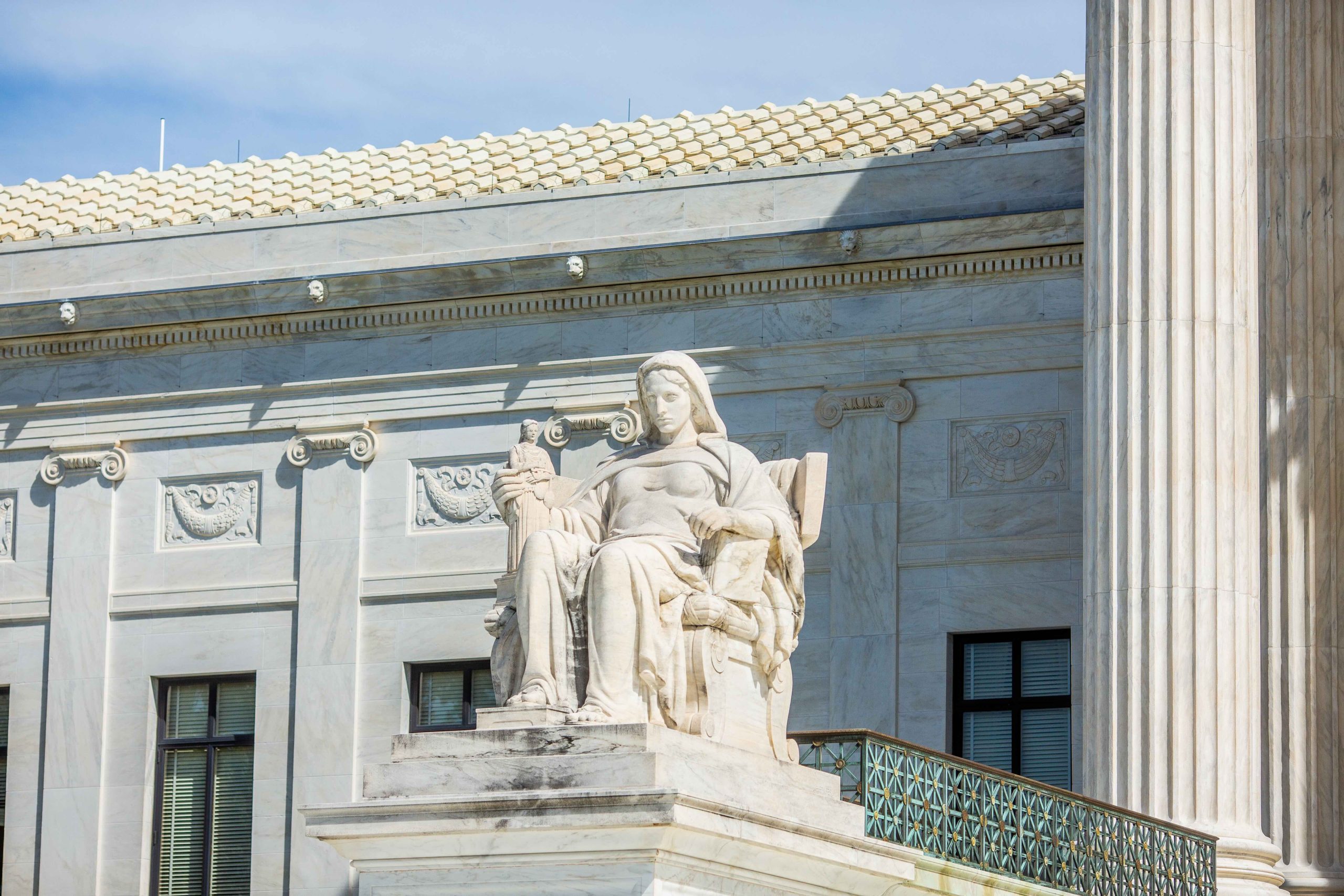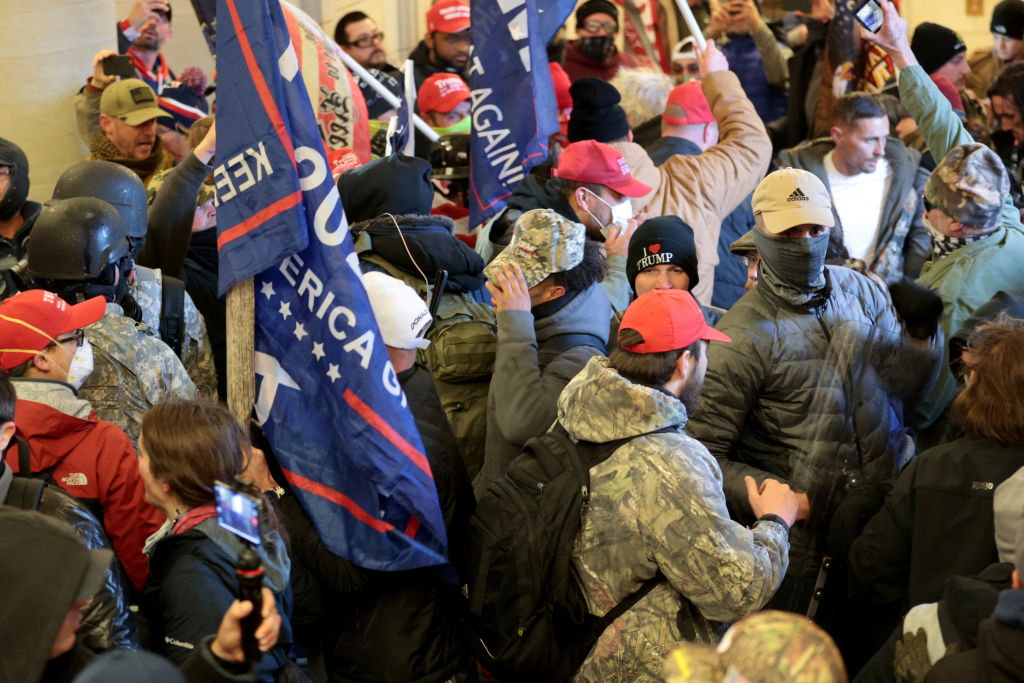To print this article, all you need is to be registered or login on Mondaq.com.
What You Need to Know
Key takeaway#1
Broad Interpretation of Safe Harbor: The
Federal Circuit’s decision underscores a broad interpretation
of the safe harbor provision. Companies can be reassured that
activities potentially perceived as an infringing importation or
use may still fall under safe harbor if they are in any way related
to the development and submission of information to regulatory
bodies like the FDA, including the recruitment of clinical
investigators for clinical trials and research.
Key takeaway#2
Importance of Demonstrating Regulatory Intent:
To leverage the safe harbor provision, it is crucial for companies
to clearly demonstrate that their actions, especially when
involving potentially patented technologies, are primarily intended
to facilitate regulatory approval. Documenting the regulatory
purpose behind each activity can provide essential evidence if the
safe harbor defense is needed. Consider including with any
demonstration samples a declaration disavowing any commercial
intent as a “get out of jail free card” and
contemporaneous evidence of subjective intent.
Key takeaway#3
Navigating Commercial Intent: While the
majority opinion suggests that activities with mixed purposes may
still qualify for safe harbor protection, Judge Lourie’s
dissent warns against overlooking commercial intents. Companies
should be cautious of engaging in activities that could be
construed as having a commercial motive, which could potentially
exclude them from safe harbor protection.
On March 25, 2024, the Federal Circuit issued a precedential
opinion in Edwards Lifesciences Corporation v. Meril Life
Sciences Pvt. Ltd., a case with significant implications for
the application of the safe harbor provision of 35 U.S.C. §
271(e)(1). This case involved the importation of two transcatheter
heart valve systems by Meril Life Sciences Pvt. Ltd., an
India-based medical device company, to San Francisco for a medical
conference. According to Meril, these heart valve systems, part of
Meril’s Myval System designed to treat heart disease, were
never displayed or offered for sale at the conference but were
instead stored in a bag in a hotel closet and later in a storage
room. The Court’s decision to affirm the district court’s
grant of summary judgment of noninfringement in favor of Meril
brings to light the nuances of applying the safe harbor provision
in patent infringement cases.
The dispute arose when Edwards Lifesciences, a competing medical
device company, filed suit against Meril for infringement, arguing
that the importation of the heart valve systems constituted an act
of patent infringement. However, the district court granted summary
judgment in favor of Meril, determining that the importation fell
within the safe harbor provision of 35 U.S.C. § 271(e)(1),
meant to exempt certain infringing activities that are
“reasonably related to the development and submission of
information under a Federal law which regulates the manufacture,
use, or sale of drugs.”
The Federal Circuit affirmed the district court’s decision,
emphasizing that the actions taken by Meril, including the
importation of the heart valve systems, were reasonably related to
obtaining FDA approval. The court highlighted that an exemption
under § 271(e)(1) does not require the actual use of the
imported devices, nor does it turn on the party’s subjective
intent behind the act of importation.
The Federal Circuit held that Meril’s importation of the
heart valve systems was part of its broader efforts to gain FDA
approval for the Myval System in the U.S. Prior to the conference,
Meril had been engaging with the FDA and planning a clinical trial
comparing the Myval System with leading devices in Europe,
including Edwards’s SAPIEN valves. The trial, dubbed the
“Landmark Trial,” aimed to include data as part of future
submissions to the FDA. Meril also sought assistance from CardioMed
LLC, a consulting firm, for preparing a premarket approval
submission. According to Meril, its activities at the Transcatheter
Cardiovascular Therapeutics Conference in San Francisco—where
the devices were stored but not displayed—were aimed at
recruiting clinical investigators for the FDA clinical trials. Also
highly relevant to the Court’s analysis was the fact that the
samples were accompanied by a handwritten note stating that the
samples were “for demonstration purpose only” and that
they “have no commercial value & hence it is not used for
any sales purpose.”
The Court’s ruling builds on past interpretations of §
271(e)(1) that emphasize a broad application of the safe harbor,
extending protection to all uses of patented inventions that are
reasonably related to the development and submission of information
under federal law regulating drugs or medical devices. This broad
interpretation has been justified by the Court’s view that
§ 271(e)(1)’s exemption from infringement applies
irrespective of the research stage or whether the information
developed is ultimately submitted to the FDA.
However, Judge Lourie’s dissent voices a fundamental
disagreement with this broad interpretation, particularly
highlighting a tension between the Federal Circuit’s precedent
and the literal wording of the statute. Judge Lourie advances the
viewpoint that the safe harbor’s scope should be reevaluated in
light of the statutory language. His critique suggests that the
Court’s current trajectory potentially expands the safe harbor
beyond its intended bounds, offering protection to activities that
may not be solely for FDA approval-related activities. Judge
Lourie’s dissent calls for a more nuanced consideration of the
safe harbor provision, taking into account both the activities’
relation to FDA approval processes and the underlying intent behind
these activities. As applied to the facts of this case, Judge
Lourie would have reversed the district court, finding that there
was a genuine dispute of material fact as to whether Meril’s
importation of the devices were “solely” to recruit
clinical investigators as opposed to including some other
commercial purpose.
This case illustrates the complexities surrounding the safe
harbor provided by 35 U.S.C. §271(e)(1) and underscores that
its application under the current rubric may be broadly applied.
Companies involved in the development and regulatory approval of
medical devices or drugs should carefully consider how their
actions may be perceived under the law, regardless of subjective
intent, and ensure they are in the best position to defend their
use of the safe harbor provision if challenged.
The content of this article is intended to provide a general
guide to the subject matter. Specialist advice should be sought
about your specific circumstances.
POPULAR ARTICLES ON: Food, Drugs, Healthcare, Life Sciences from United States
#Precedential #Federal #Circuit #Opinion #Underscores #Tension #Interpretation #Safe #Harbor #U.S.C #Life #Sciences #Biotechnology #Nanotechnology










